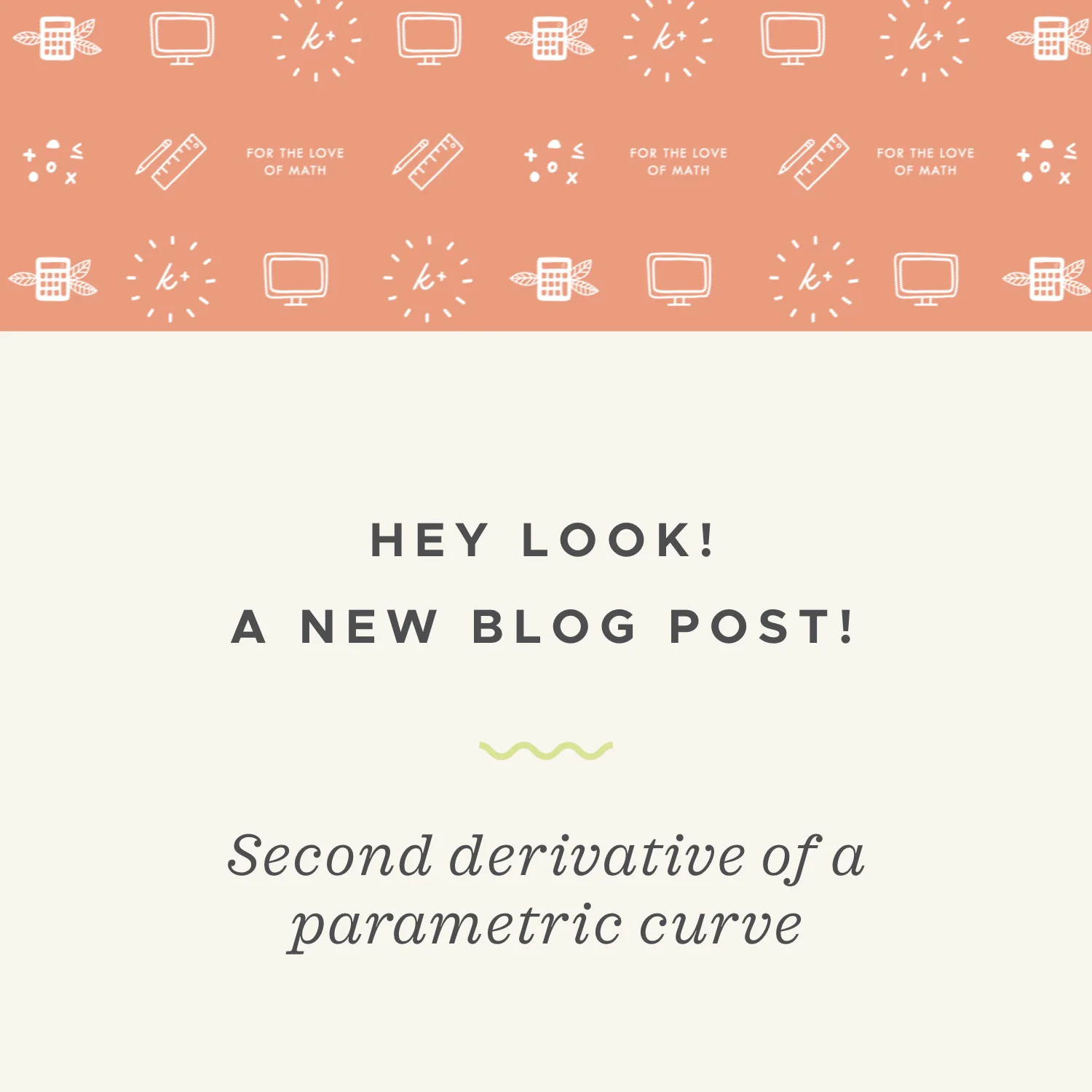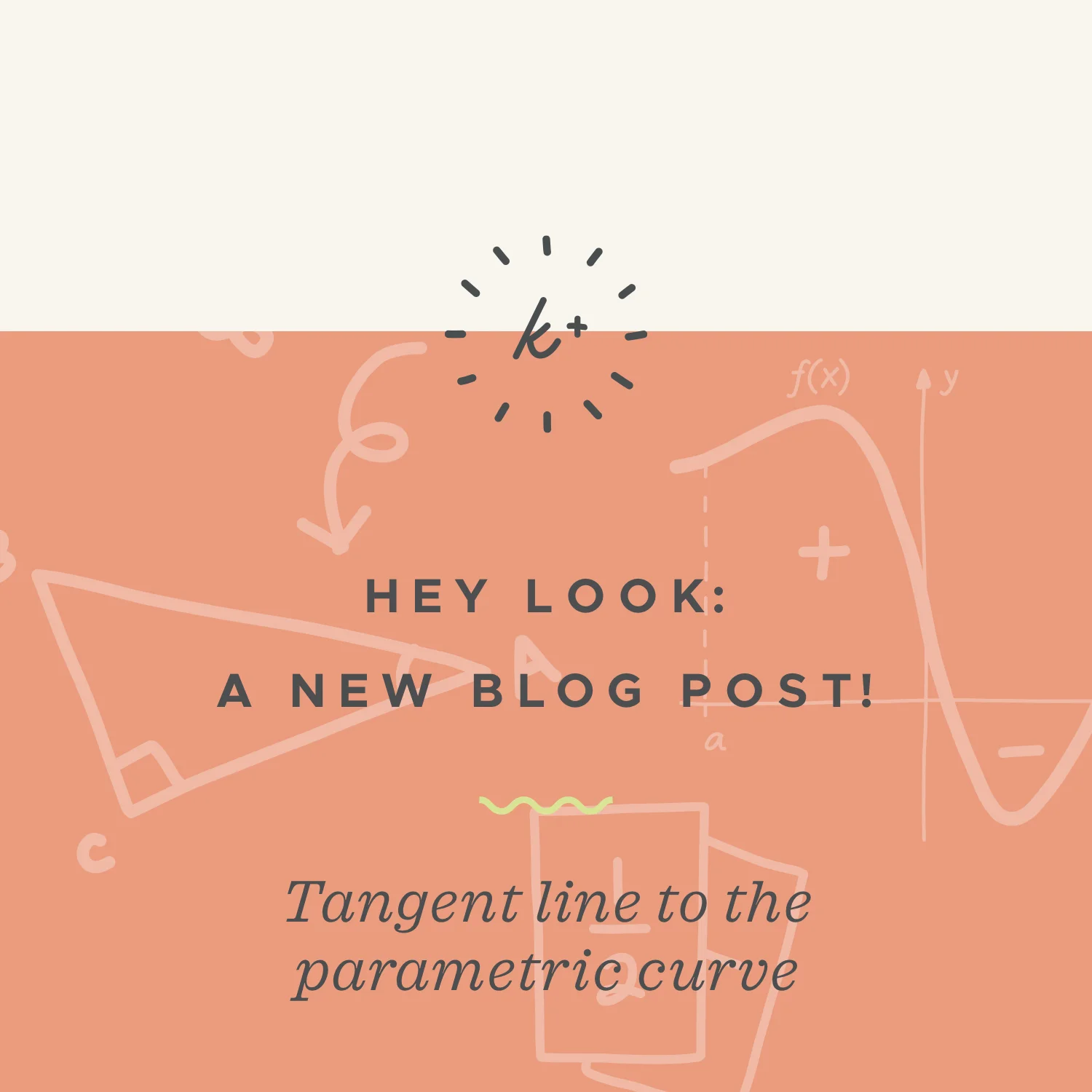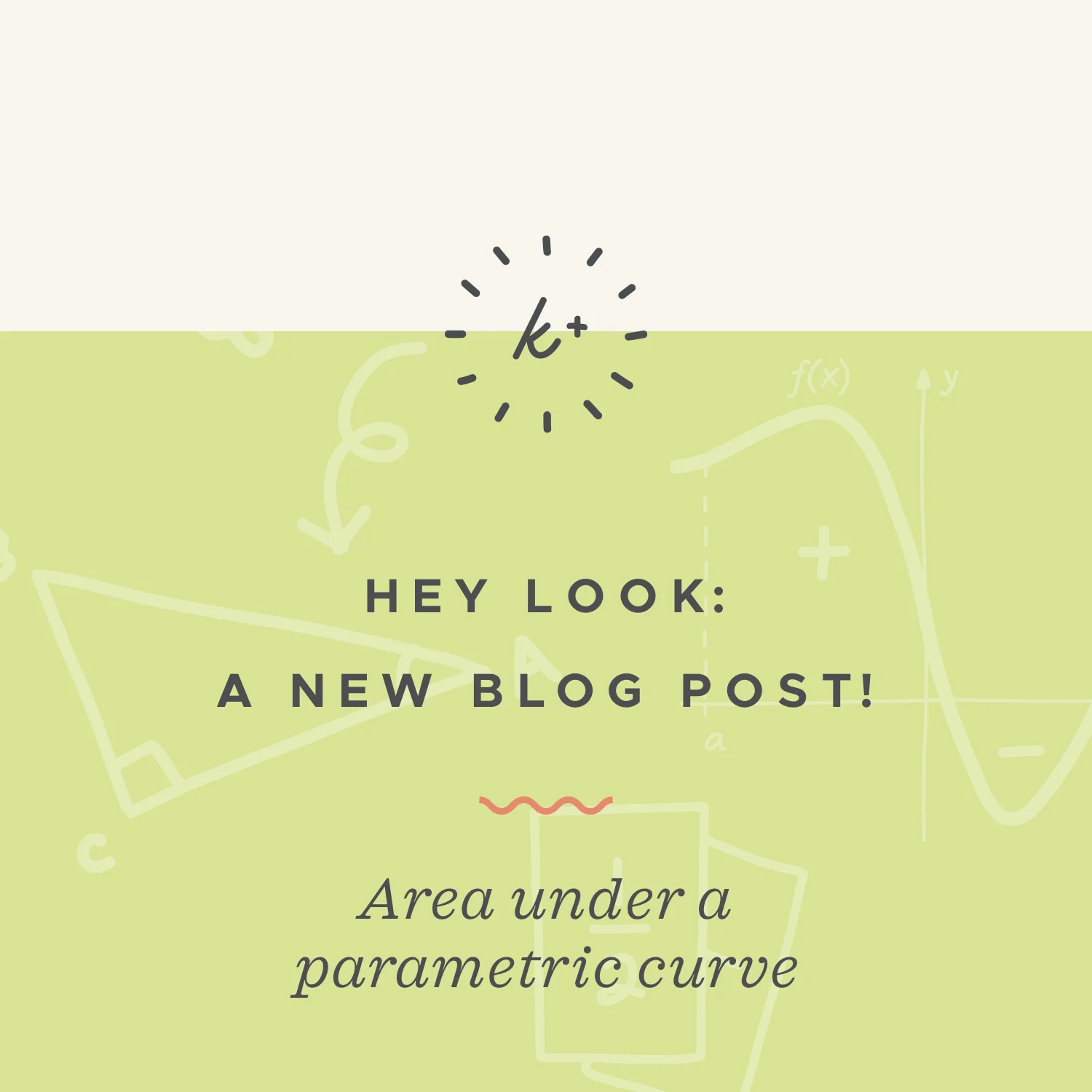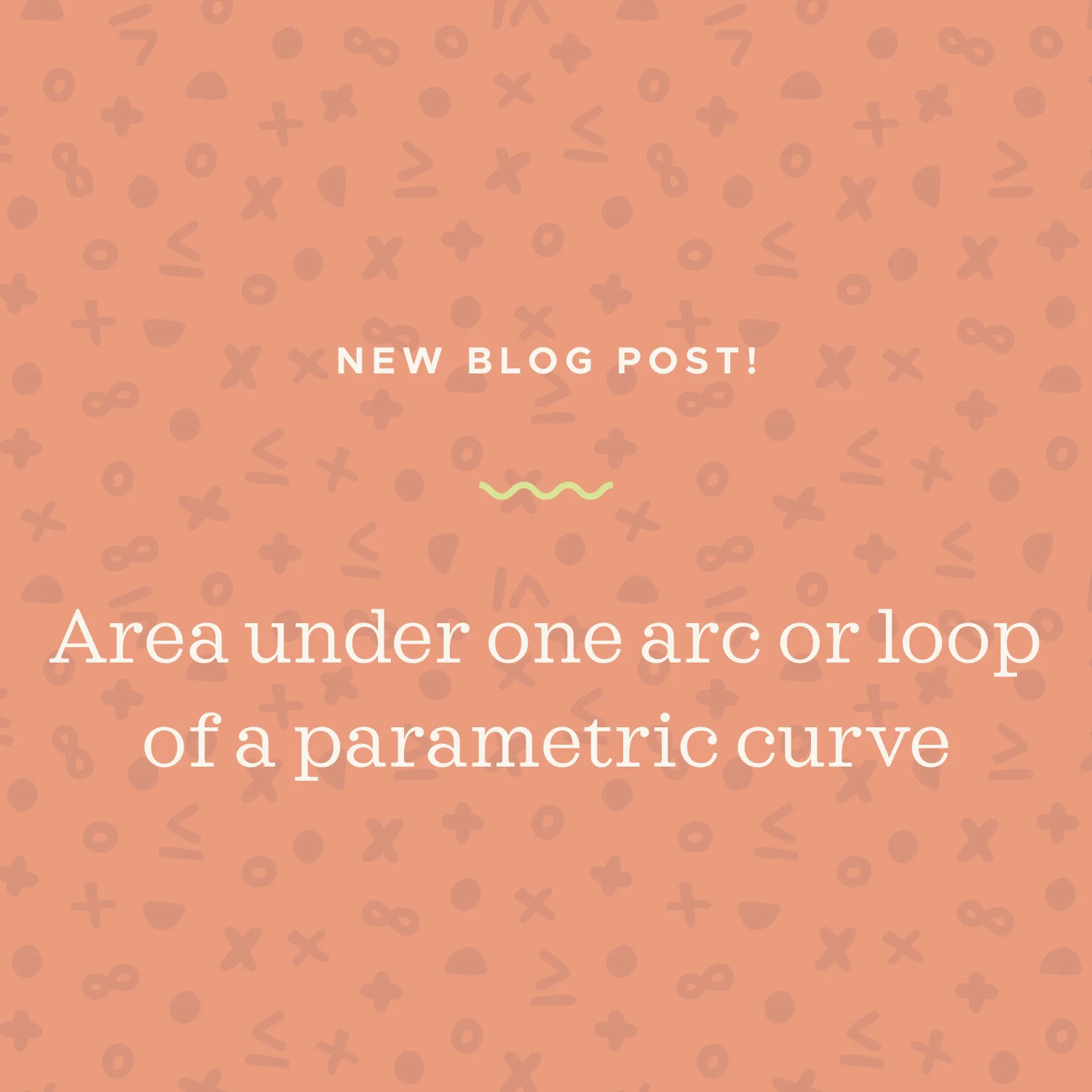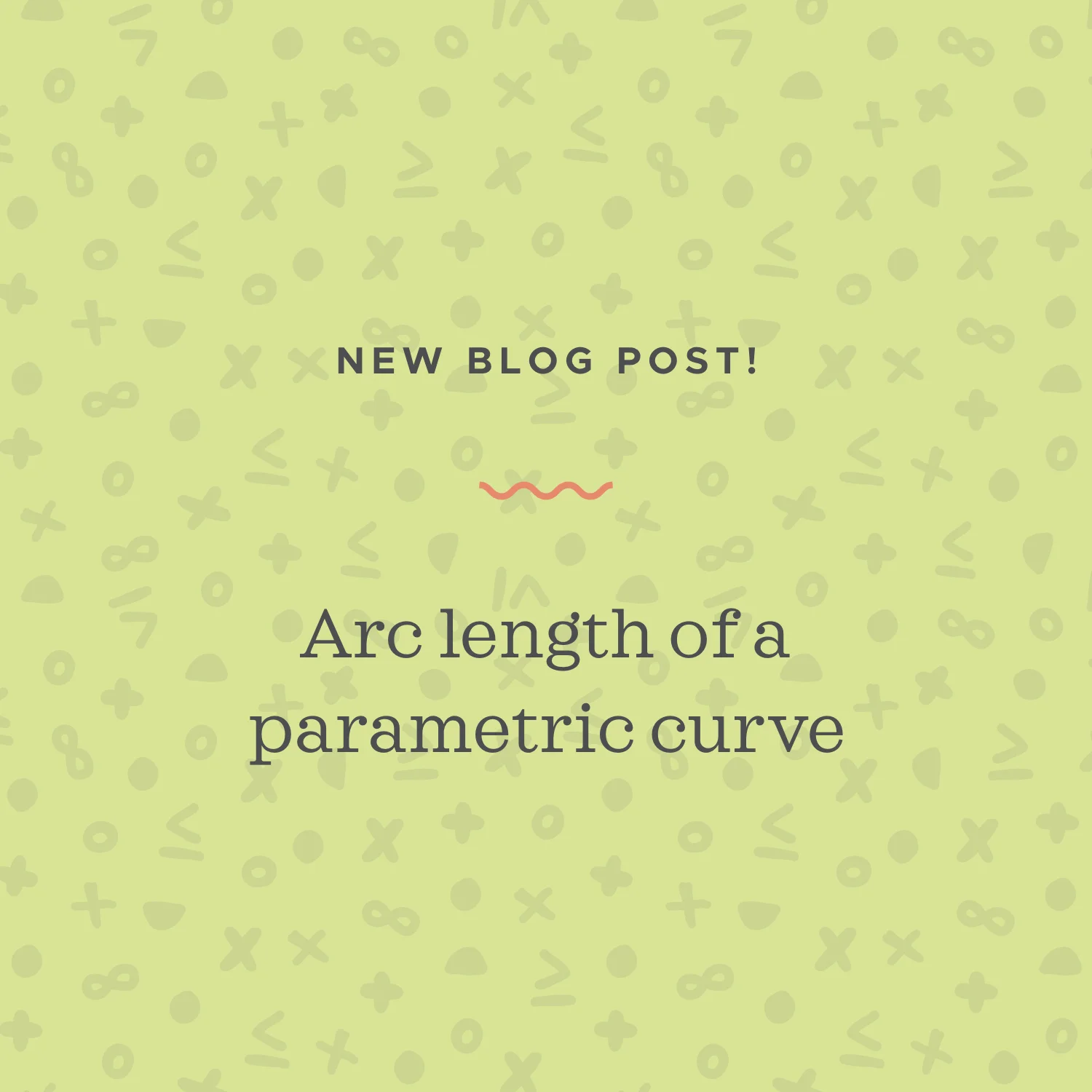The centroid of a plane region is the center point of the region over the interval [a,b]. In order to calculate the coordinates of the centroid, we’ll need to calculate the area of the region first. Then we can use the area in order to find the x- and y-coordinates where the centroid is located.
Read MoreIn this lesson we’ll look at how to solve systems of three linear equations in three variables. If a system of three linear equations has solutions, each solution will consist of one value for each variable. If the three equations in such a linear system are “independent of one another,” the system will have either one solution or no solutions. All the systems of three linear equations that you’ll encounter in this lesson have at most one solution.
Read MoreTo sketch the area of integration of a double polar integral, you’ll need to analyze the function and evaluate both sets of limits separately. Remember, you’ll need to sketch the polar function on polar coordinate axes, where the r values represent the radius of a circle and the theta values will produce straight lines.
Read MoreWhen we study present and future value in calculus, usually we’re trying to calculate the amount a sum of money will be worth in the future after it’s had time to grow and earn interest, or we’re trying to calculate how much money we had in the past given the sum of money in the account today. The present and future value formulas we use will vary depending on the rate at which interest is compounded, and whether we’re calculating the value of a single deposit, or a continuous income stream.
Read MoreYou can use a double integral to find the area inside a polar curve. Assuming the function itself and the limits of integration are already in polar form, you’ll be able to evaluate the iterated integral directly. Otherwise, if either the function and/or the limits of integration are in rectangular form, you’ll need to convert to polar before you evaluate.
Read MoreGiven a parametric curve where our function is defined by two equations, one for x and one for y, and both of them in terms of a parameter t, x=f(t) and y=g(t), we calculate the derivative of that parametric curve using a specific formula for the parametric derivative.
Read MoreIn the past we’ve converted multivariable functions defined in terms of cartesian coordinates x and y into functions defined in terms of polar coordinates r and theta. Similarly, given a region defined in the uv-plane, we can use a Jacobian transformation to redefine it in the xy-plane, or vice versa.
Read MoreTo find the second derivative of a parametric curve, we need to find its first derivative dy/dx first, and then plug it into the formula for the second derivative of a parametric curve. The d/dt is the formula is notation that tells us to take the derivative of dy/dx with respect to t.
Read MoreWhen we want to find the combination of two vectors, we take just match up the initial point of the second vector with the terminal point of the first vector, and then we draw a new third vector from the initial point of the first to the terminal point of the second.
Read MoreTo sketch a parametric curve, we’ll 1) Create a table where we find x- and y-values based on specific parameter values of t, 2) Eliminate the parameter to find a cartesian equation in terms of just x and y, and then 3) Sketch the parametric curve.
Read MoreIn this lesson we’ll look at the formulas that we use to find the direction cosines and direction angles of a vector. In the formulas, D_a represents the vector length. The direction angles are found by taking arccos of both sides of the direction cosine formulas.
Read MoreWe’ll use the same point-slope formula to define the equation of the tangent line to the parametric curve that we used to define the tangent line to a cartesian curve, which is y-y1=m(x-x1), where m is the slope and (x1,y1) is the point where the tangent line intersects the curve.
Read MoreIn this lesson we’ll look at the scalar projection of one vector onto another (also called the component of one vector along another), and then we’ll look at the vector projection of one vector onto another. We’ll follow a very specific set of steps in order to find the scalar and vector projections of one vector onto another.
Read MoreGiven a parametric curve where our function is defined by two equations, one for x and one for y, and both of them in terms of a parameter t, x=f(t) and y=g(t), we’ll calculate the area under the parametric curve using a very specific formula. The answer we get will be a function that models area, not the area itself.
Read MoreTo take the cross product of two vectors (a1,a2,a3) and (b1,b2,b3), we’ll set up a 3x3 matrix with i, j, and k across the first row, the components from vector a across the second row, and the components from vector b across the third row. Then we’ll evaluate the 3x3 matrix by breaking it down into determinants.
Read MoreSometimes we need to find the area under just one arc or loop of a parametric curve. In order to do it, we’ll use an area formula where we integrate the product of y(t) and x’(t) over the bounds that define the loop.
Read MoreTo find the vector orthogonal to a plane, we need to start with two vectors that lie in the plane. Sometimes our problem will give us these vectors, in which case we can use them to find the orthogonal vector. Other times, we’ll only be given three points in the plane.
Read MoreThe arc length of a parametric curve over the interval a≤t≤b is given by the integral of the square root of the sum of the squared derivatives, over the interval [a,b]. So to find arc length of the parametric curve, we’ll start by finding the derivatives dx/dt and dy/dt.
Read MoreIf we need to find the volume of a parallelepiped and we’re given three vectors, all we have to do is find the scalar triple product of the three vectors |a•(b x c)|, where the given vectors are (a1,a2,a3), (b1,b2,b3), and (c1,c2,c3). b x c is the cross product of b and c, and we’ll find it using the 3 x 3 matrix.
Read MoreIn this post we’ll look at how to calculate the surface area of the figure created by revolving a parametric curve around a horizontal axis. We can revolve around the horizontal x-axis, or another horizontal axis. Either way, we’ll use an integral formula to calculate the surface area, so we’ll just need to pick a set of limits for the integral over which we want to find the surface area.
Read More









